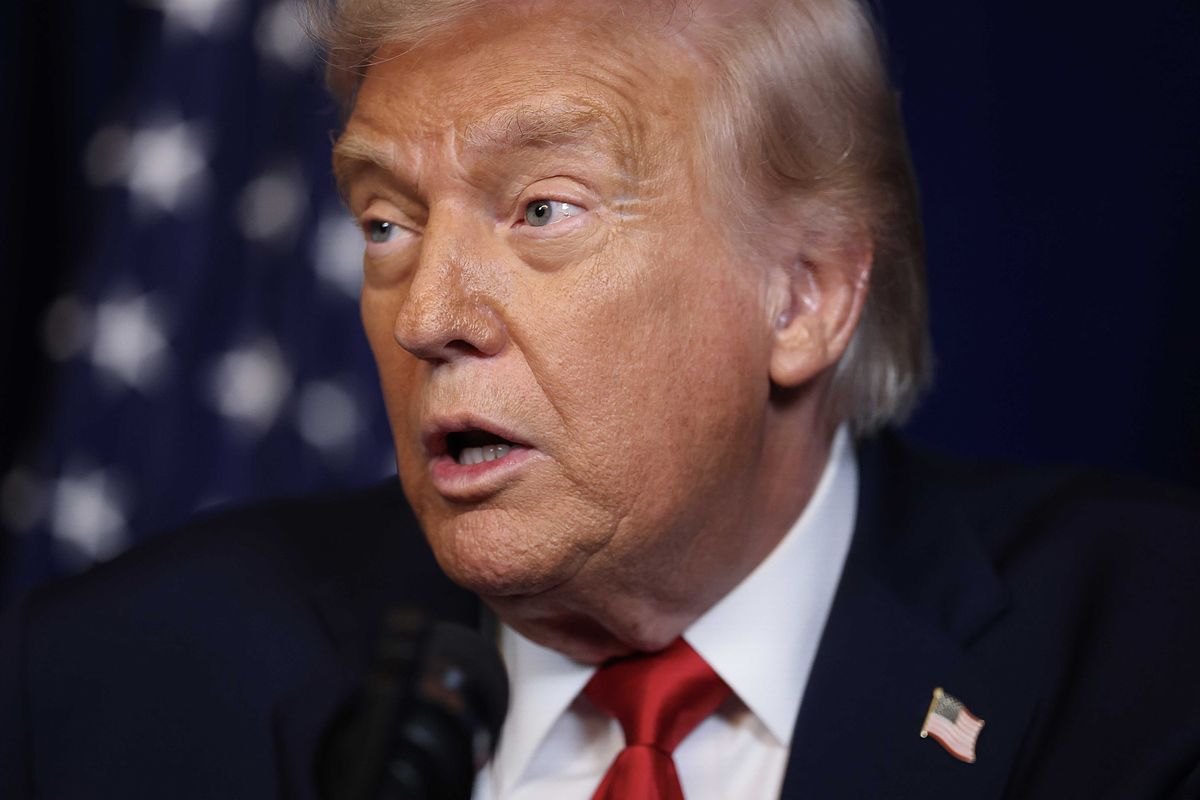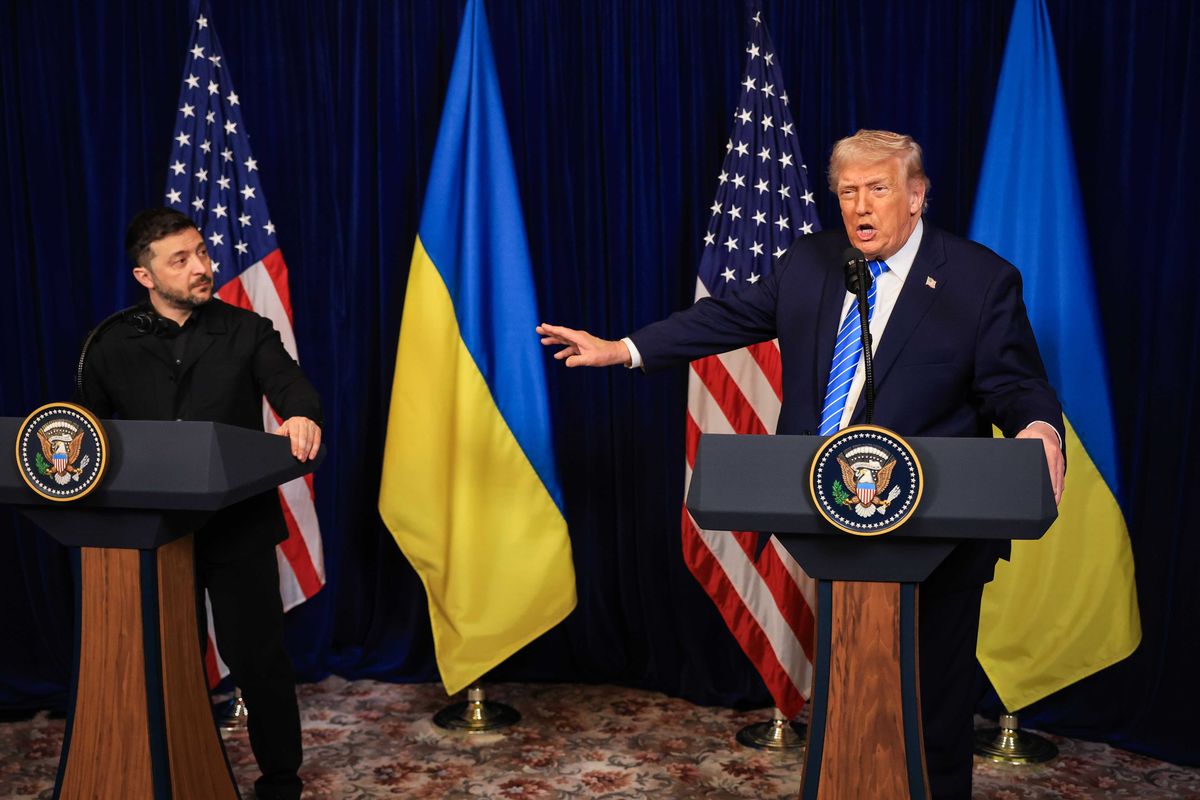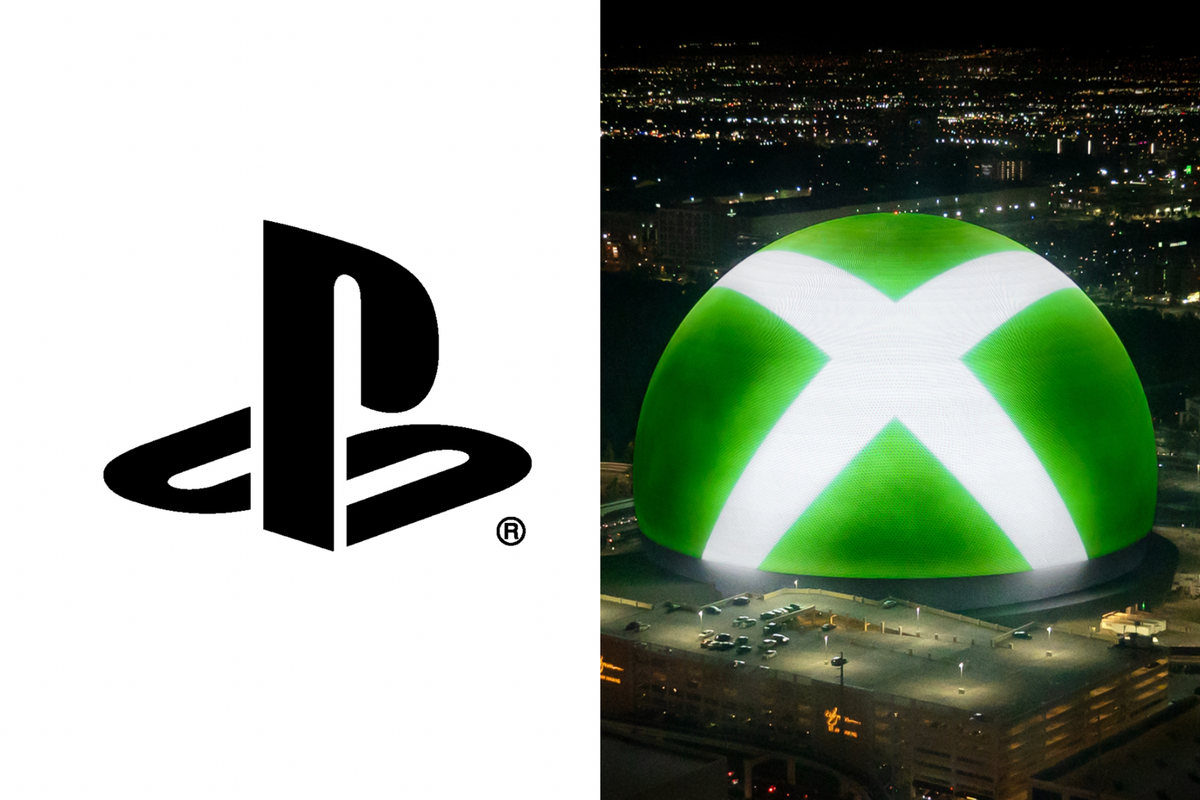News
Narjas Zatat
Jan 23, 2017
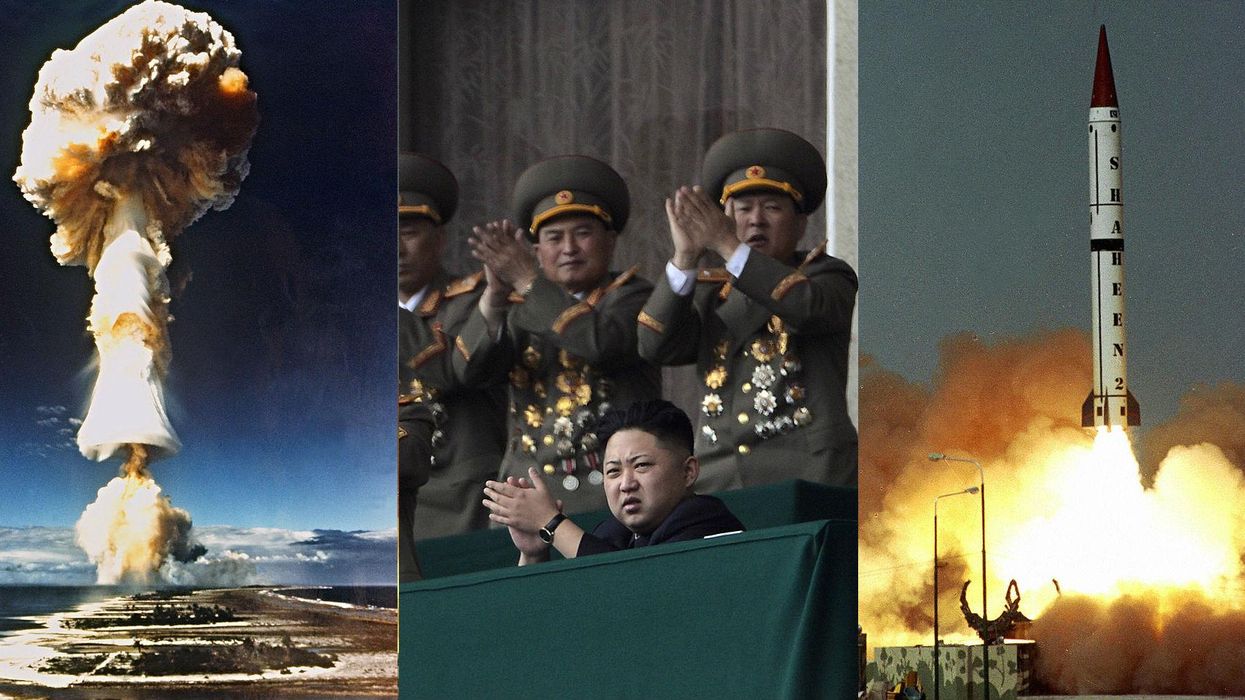
Picture:
left: AFP/Getty Images, centre: PEDRO UGARTE/AFP/Getty Images, right: STR/AFP/Getty Images
As of 2017 there are 14,900 nuclear warheads – and most of them belong to either the US (6,800) or Russia (7,000). The UK has 215, China 260, North Korea, 10 and a few other countries hold a handful of nuclear bombs.
According to the Commission for the Comprehensive nuclear-test-ban Treaty Organisation (CTBTO), the largest nuclear explosion in history was the 1961 Soviet Union ‘Tsar Bomba’. The test measured 50 megatons, which was more than 3,800 times more powerful than the Hiroshima bomb.
And that’s just one bomb.
Not all nuclear weapons have the same capabilities, but US and Russia have the most powerful kind: thermonuclear weapons.
The US has the B83 – a nuclear bomb which generates 1.2 megatons of TNT – the equivalent of 79 Hiroshima atomic bombs.
With that in mind, here’s how the world dies, if the US and Russia set off all their nuclear weapons, and they were B83s:
The initial blast
Assuming that all 13,800 bombs will detonate on the surface, and will be evenly spaced out across the world, 94 kilometres of land will be immediately obliterated, and 232,000 square kilometres of infrastructure will have been blown away.
A fireball will develop almost immediately, vaporising anything it touches within a 79,000 kilometre radius, and anyone within a 5.8 million square kilometre of it will get third degree burns.
The aftermath
The subsequent ionising radiation in the atmosphere will contaminate an area 284,000 square kilometres in size, so most who manage to survive the initial blast will develop radiation sickness.
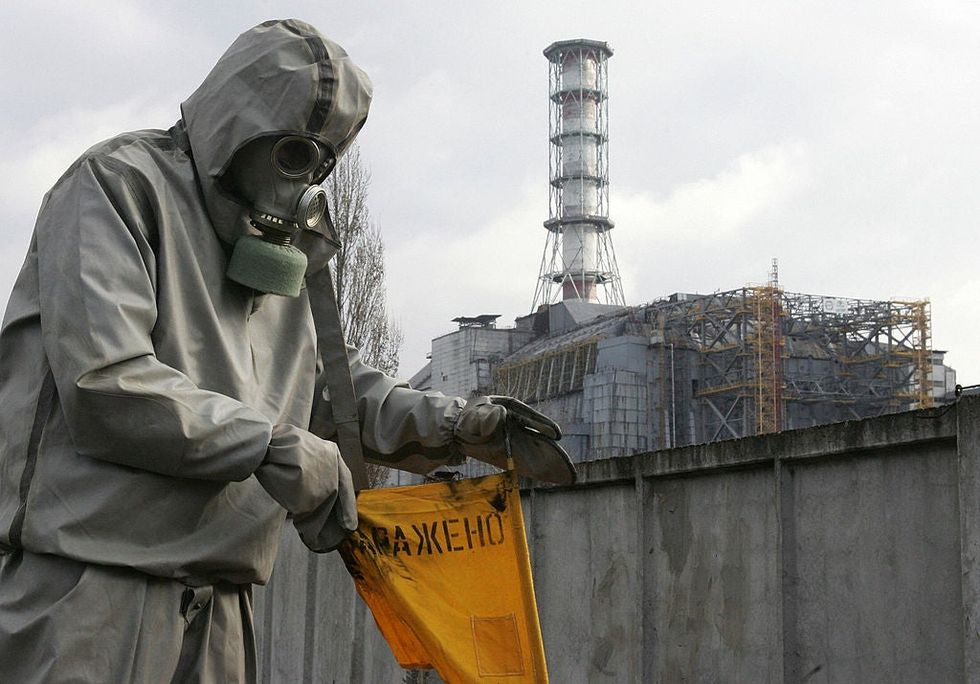
Nuclear winter
Finally, if there are any survivors who haven’t succumbed to radiation poisoning, they will have to prepare for darkness.
Similar to the concept of volcanic cooling – where particulate matter from large-scale volcanic eruptions get into the upper atmosphere and cool the overall temperature of the planet – a nuclear winter would cool the world for hundreds of years.
The black carbon soot produced from the monumental explosions would block solar radiation reaching the Earth’s surface, plunging the world into darkness, rendering photosynthesis impossible, and bringing about the collapse of the ecosystem.
HT IFLScience
More: This map shows what would happen to you if a nuclear bomb was dropped where you live
More: Donald Trump's dramatic and hypocritical u-turn on nuclear weapons
Top 100
The Conversation (0)


